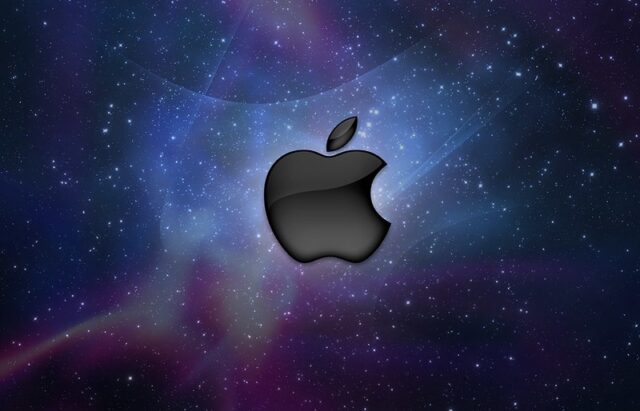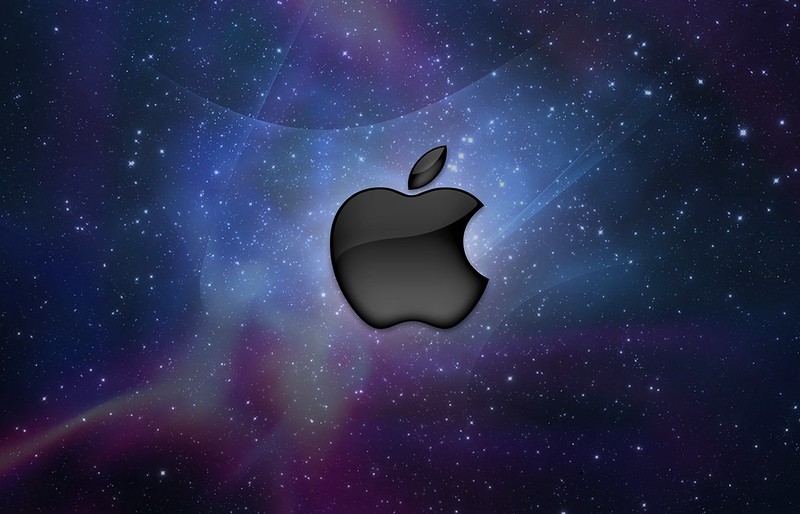

Steve Jobs revolutionized the modern world, as we see it now. His vision, combined with one of the finest software engineers, brought us Apple Inc. A company that flaunts innovation and prudence in its products, a reflection of Jobs’ vision. However, it is not always that his ambitious vision gets materialized. Needless to say, every successful company once failed before making it into stardom. Apple Inc was no different.
1. Lisa
Imagine dumping 2,700 units of computers priced $10,000 each in a landfill. That was the fate of Apple’s 1983 Lisa. Lisa was marketed as the first computer to be sold with a mouse and a Graphical User Interface. Meaning your screen would now have icons and images instead of just text. However, his product didn’t see much success. One of the reasons for this was the steep price tag. In fact, in the very next year, Apple released its iconic Macintosh. This was cheaper than Lisa, significantly decreasing the sales further. In an interview, Steve Jobs admitted the product was overpriced.
2. “Hockey Puck”
Perhaps one of the worst designs that Apple has come up with, “Hockey Puck” is a USB mouse that the company sold along with their 1998 original iMac. With a seemingly round shape, the mouse was very hard to maneuver and the users didn’t know how the cursor would respond to their actions. In short, it was tricky to orient and featured a different grasping appendage. Needless to say, it was one of the worst products of Apple. Following the poor reception the product received, they discontinued this product in 2000. Just 2 years after its announcement.
3. iPhone 4: Weak Reception Signals
Apple’s iPhone series truly holds a special place in people’s hearts. The company has always enjoyed the reception from its smartphone series. Starting with a few million users in 2007, sales of the iPhone saw a huge upsurge as it reached 20 million in 2009. Therefore the company had to release a top-notch model in 2010 to build on this demand. In a hurry, they released the iPhone 4. It had a lot of issues. But the one that killed a lot of people’s interest was the death grip. Death grip plummets the signal strength when you connect your hand with the antenna. This happens when you hold your phone in a certain way, especially the bottom left corner. An ideal solution was to purchase a $30 bumper case from Apple’s product line.
4. iPhone 7: Missing Headphone Jack
Although Apple started out by selling computers, their switch to the smartphone market still remains one of their best decisions. Similar to how they disrupted the world of computing, Apple’s smartphones were a step ahead of its competitors. While they were the first to introduce the 3.5mm headphone jack, they were also the first ones to remove the provision for it. In 2016, Apple introduced iPhone 7 with no headphone jack. Whether it was for promoting the sales of their new $150 wireless earphone, or for enhancing the user experience, it wasn’t a success. One of their competitors, Samsung, made fun of their decision and marketed their phones which had a jack.
5. Final Cut Pro X
With a solid hardware line, Apple also has a strong foundation in video editing software. Apple’s Final Cut Pro(FCP) is used by professionals around the world for its enhanced user interface and functional capabilities. However, in 2011 there was a huge division in the user base. Dropping legacy elements such as XML, Edit Decision List and Open Media Framework; Final Cut Pro X soured the professionals. The software was weighed heavily for single-camera videographers who use DSLRs. Hence those who required Multicam editing were forced to find an alternative. Statistically speaking, following the release of FCP X, there was a drop from 49% to 21% in video editors who use FCP.
6. Newton
Apple is no stranger when it comes to new technology. In fact, they were one among the few to bank on Personal Digital Assistant(PDA) early. In 1993, Apple promised to revolutionize the handheld tech through the release of Newton. One of the key features of this device was the digitization of handwritten text. Newton would convert the text written using the stylus to digital text. Despite forecasting a 1 million sales target, Apple only sold 50,000 in the first 3 months.
7. Apple Maps
An app that had 2 million errors on its first release will obviously receive backlash from the community. Apple Maps promised to be the “most beautiful, powerful mapping service ever.” But following the backlash, it asked their users to “try alternatives by downloading map apps from the App Store”. The app had a lot of bugs upon its release. It misspelt the names of places and often misguided people to wrong routes. Though the company rebuilt the app to perform better, the damage was already done. This lowered the reputation of Apple and consequently resulted in a loss of $30 Bn in market cap.
8. Pippin
By 1995, Apple had excelled in computer hardware. On an attempt to expand their product line, they decided to break into the gaming market. As always, the product was overpriced. For a gaming console, $599 as an entry price is too much for a gamer to afford. In addition to that, it was marketed as a computer, causing confusion. Since $599 was too cheap for a computer but overpriced for a console. Apple only sold 42,000 units whereas their competitor Nintendo sold around 500,000 in just three days when it launched N64 in 1996. Pippin was however discontinued in 1997.
9. Apple III
Given the success of its predecessor, Apple II, Apple III had a lot to prove. However, Apple III became one of the biggest Engineering flops. Released in the year 1980, Apple III was intended for the use of business corporations. Hence Jobs wanted the system to have quieter operation. For that reason, he insisted the engineers do not place a CPU fan. Despite having an Aluminum case, the chips and floppy disks inside the system melted. Subsequently, the company was forced to fix all of the 14000 units that it had sold in the initial phase. In 1984, Apple discontinued the product, and Steve admitted to having “infinite, incalculable amounts” of money. But, in a way, these costs were recovered from Apple II, as it sold around 6 million units before it was discontinued in 1993.
10. Twentieth Anniversary Macintosh
Apple decided to celebrate the twentieth anniversary of its iconic product, Macintosh, by releasing a new model. Unbeknownst to them, it turned out to be an utter failure. Although it was aesthetically pleasing, the product was poor in terms of performance. Above all, it had a price tag of $7500. Realising that they had gone too far in terms of price, Apple decreased their price on an attempt to attract new buyers. It didn’t help much as the product was discontinued in the year 1998 at a price of $2000.










